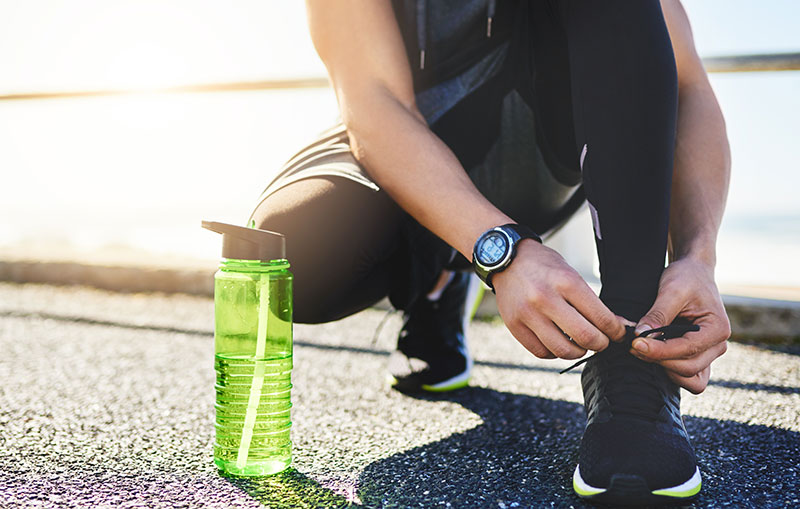Stay active to protect your heart and improve your well-being

Whether you’re trying to lose weight, stay active as you age or shake up your normal exercise routine, physical activity — or lack thereof — can impact your health.
Science has linked being inactive and sitting too much with higher risk of heart disease, Type 2 diabetes, colon and lung cancers, and early death.
Being more active can help you feel and sleep better and perform daily tasks more easily. But only about one in five adults and teens get enough exercise to maintain good health.
How much is enough?
The American Heart Association recommends adults get least 150 minutes of moderate-intensity aerobic activity or 75 minutes vigorous aerobic activity per week, or a combination of both. Preferably, the activity should be spread throughout the week. Moderate intensity means you may be out of breath but can still talk. Vigorous intensity activity may cause you to sweat and find it hard to talk without getting out of breath. Knowing your target heart rate can also help you track the intensity of your activities.
Physical activity isn’t just aerobic activities that get your heart rate up. Recommendations also include moderate- to high-intensity muscle-strengthening activity (such as resistance or weights) on at least two days per week.
Want even more impact? Increase your activity to 300 minutes per week.
If you’re struggling to jump into an exercise routine, start by just sitting less, moving more and increasing activity and intensity over time. Even adding light-intensity activity can offset the risks of being sedentary.
Be sure to talk with your health care professional about what types and amounts of physical activity are right for you if you have a chronic condition or disability.
Don’t forget the kids
Make sure your kids ages 3-5 get plenty of opportunities for activity throughout the day and aim for at least 60 minutes a day of moderate-to-vigorous physical activity for kids 6-17. They should get vigorous-intensity activity on at least three days each week and include weight-bearing activities at least three days a week.
Like adults, kids should increase the amount of activity and intensity over time.
What is intensity?
Physical activity is anything that moves your body and burns calories. Intensity refers to the amount of effort required to perform an activity or exercise.
Examples of moderate-intensity aerobic activities include:
- brisk walking (at least 2.5 miles per hour)
- water aerobics
- dancing (ballroom or social)
- gardening
- tennis (doubles)
- biking slower than 10 miles per hour
Vigorous-intensity activities will push your body a little further. They will require a higher amount of effort.
Examples of vigorous-intensity aerobic activities:
- hiking uphill or with a heavy backpack
- running
- swimming laps
- aerobic dancing
- heavy yardwork like continuous digging or hoeing
- tennis (singles)
- cycling 10 miles per hour or faster
- jumping rope
Get moving
Just starting a routine? Start slow and gradually increase the amount of activity and intensity over time. Start by setting a reachable goal and work up from there.
Remember any movement is better than none, so sneak it into your day. Break it up into shorter sessions throughout the day. Taking a brisk walk for five or 10 minutes a few times a day can add up.
The takeaway: Move more, with more intensity, and sit less. Being more active benefits everyone and helps us live longer, healthier lives.





